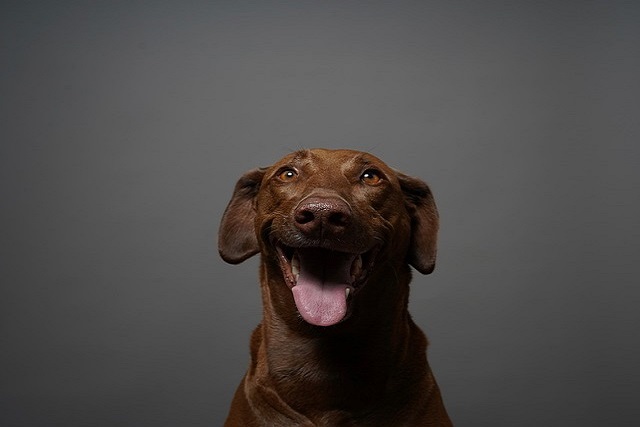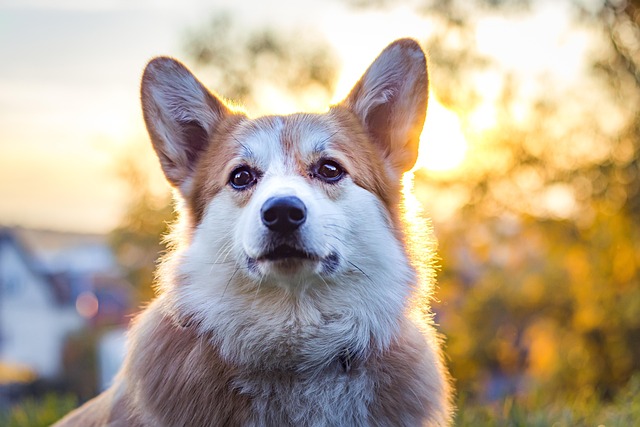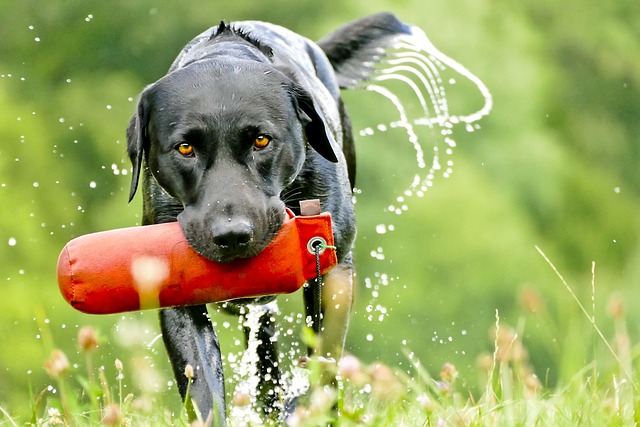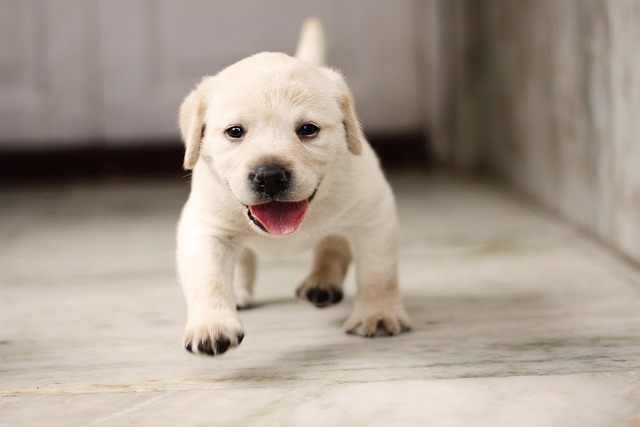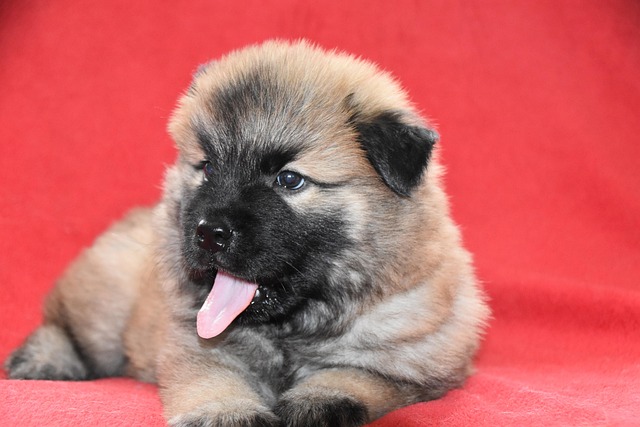For many dog owners, guiding their dogs to develop good potty habits is an inevitable process. However, when dealing with a puppy that is afraid to go outside to defecate, this process becomes full of challenges. These puppies may be filled with fear of the outdoor environment either due to previous unpleasant experiences or their sensitive nature. But believe that as long as the right methods are used and enough patience and love are given, we can help them overcome their fear and successfully complete the potty training.
There are often complex reasons behind a puppy's fear of going outside to defecate. It may be that when going out for the first time, the sudden roar of cars, the noise of strange passers-by, or even the change in the texture of the ground have all frightened them. Once this fear is formed, it will leave a shadow in the puppy's heart. Every time it approaches the door, that unpleasant memory will emerge, making it instinctively resist going outside. Some puppies are naturally timid and are wary of the unknown outdoor world. Every slight sound or movement will make them feel uneasy. These fears are not that the puppies are being finicky, but rather their self-protection mechanism when facing the unfamiliar and dangerous.
The first step to help a puppy that is afraid to go outside is to identify the root cause of the fear. Carefully recall the scene when the puppy first showed resistance to going outside. Were there any special sounds, smells, or things present? Observe its reactions in different areas such as at the door, in the corridor, or outdoors. Does it back away when it hears the sound of a car, or does it tremble when it sees a stranger? Only by accurately finding the source of fear can we conduct targeted training. For example, if the puppy is afraid of the sound of cars, we can start by playing a soft recording of car sounds at home to let it gradually get used to this sound and reduce its sensitivity.
Before the formal training, we need to establish positive associations for the puppy about going outside. Start from the door of the house and use the puppy's favorite snacks or toys to attract it to approach the door slowly. When it bravely takes the first step, even if it just puts its paw outside the door, immediately give enthusiastic praise and rewards. This process may need to be repeated many times, but every small progress is helping the puppy break down the barriers of fear. As the puppy gradually gets used to it, slowly expand the activity range to the corridor and the elevator room. Every time it enters a new area, repeat the reward mechanism to let it know that going outside means a pleasant experience, not a terrifying one.
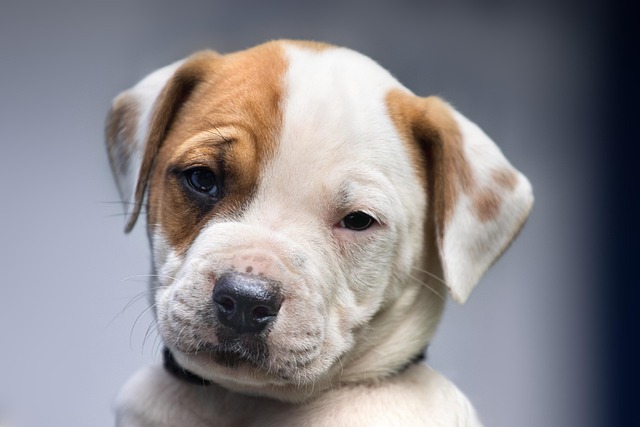 For extremely fearful puppies, desensitization training is the key. Take the fear of strangers as an example. First, let the puppy observe passers-by from a distance. When it shows a calm demeanor, give it a reward. Then slowly shorten the distance from the passers-by, but always ensure that the puppy is in a relaxed state. Once it shows signs of nervousness, trembling, etc., immediately stop approaching, retreat to a distance where it feels safe, and continue to give comfort and rewards. This process requires great patience and may take weeks or even months of training, but as long as we persevere, the puppy's fear will gradually subside.
For extremely fearful puppies, desensitization training is the key. Take the fear of strangers as an example. First, let the puppy observe passers-by from a distance. When it shows a calm demeanor, give it a reward. Then slowly shorten the distance from the passers-by, but always ensure that the puppy is in a relaxed state. Once it shows signs of nervousness, trembling, etc., immediately stop approaching, retreat to a distance where it feels safe, and continue to give comfort and rewards. This process requires great patience and may take weeks or even months of training, but as long as we persevere, the puppy's fear will gradually subside.
Choosing the right time and place to go outside can also effectively alleviate the puppy's fear. In the early morning or at night, the streets are relatively quiet with fewer pedestrians and vehicles, which is more suitable for puppies that are afraid to go outside. Select a relatively secluded and simple route, avoiding noisy parks or roads with heavy traffic. During the outing, the owner should always pay attention to the puppy's state, communicate with it in a gentle tone, and give it a sense of security. If the puppy suddenly stops or shows fear on the way, do not drag it forcefully. Instead, squat down, gently stroke it, and continue walking after its emotions stabilize.
When the puppy successfully defecates outside, immediately give it the warmest praise and rewards. You can happily praise it while feeding it delicious snacks, so that it closely associates defecating outside with a pleasant experience. If the puppy still cannot defecate outside due to fear, do not scold it. Instead, take it home, and when its emotions calm down, try again. After repeating this several times, the puppy will gradually understand that defecating outside is the correct behavior.
At home, we also need to create a good potty environment for the puppy. Prepare a clean and comfortable dog toilet and place it in a relatively quiet and ventilated corner. Clean the dog toilet regularly every day to keep it clean and hygienic, and prevent the puppy from resisting using it due to a poor environment. At the same time, observe the puppy's defecation pattern. Generally, after meals, after waking up, or after playing, the puppy will have the need to defecate. At this time, guide it to the dog toilet in time or take it outside.
Helping a puppy that is afraid to go outside to defecate is not only a training process but also a journey of building trust and giving love. Every attempt by the puppy to overcome its fear is worthy of being cherished; every small progress is inseparable from the owner's patience and perseverance. One day, when the puppy can confidently go out of the house and defecate outside with peace of mind, what you gain is not only a puppy with good potty habits but also a deep and warm bond between humans and pets. This bond will become the most precious company for each other in the days to come.
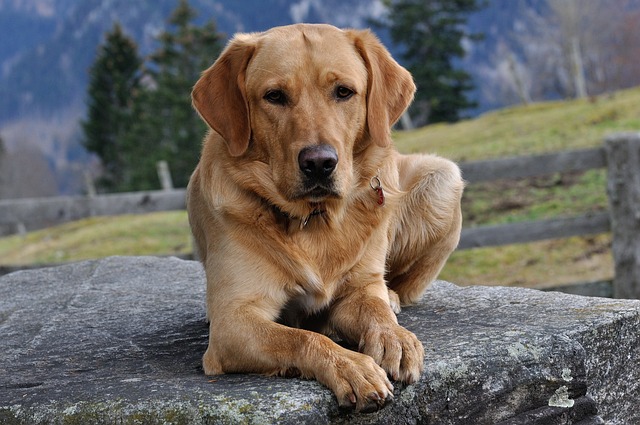
 For extremely fearful puppies, desensitization training is the key. Take the fear of strangers as an example. First, let the puppy observe passers-by from a distance. When it shows a calm demeanor, give it a reward. Then slowly shorten the distance from the passers-by, but always ensure that the puppy is in a relaxed state. Once it shows signs of nervousness, trembling, etc., immediately stop approaching, retreat to a distance where it feels safe, and continue to give comfort and rewards. This process requires great patience and may take weeks or even months of training, but as long as we persevere, the puppy's fear will gradually subside.
For extremely fearful puppies, desensitization training is the key. Take the fear of strangers as an example. First, let the puppy observe passers-by from a distance. When it shows a calm demeanor, give it a reward. Then slowly shorten the distance from the passers-by, but always ensure that the puppy is in a relaxed state. Once it shows signs of nervousness, trembling, etc., immediately stop approaching, retreat to a distance where it feels safe, and continue to give comfort and rewards. This process requires great patience and may take weeks or even months of training, but as long as we persevere, the puppy's fear will gradually subside.